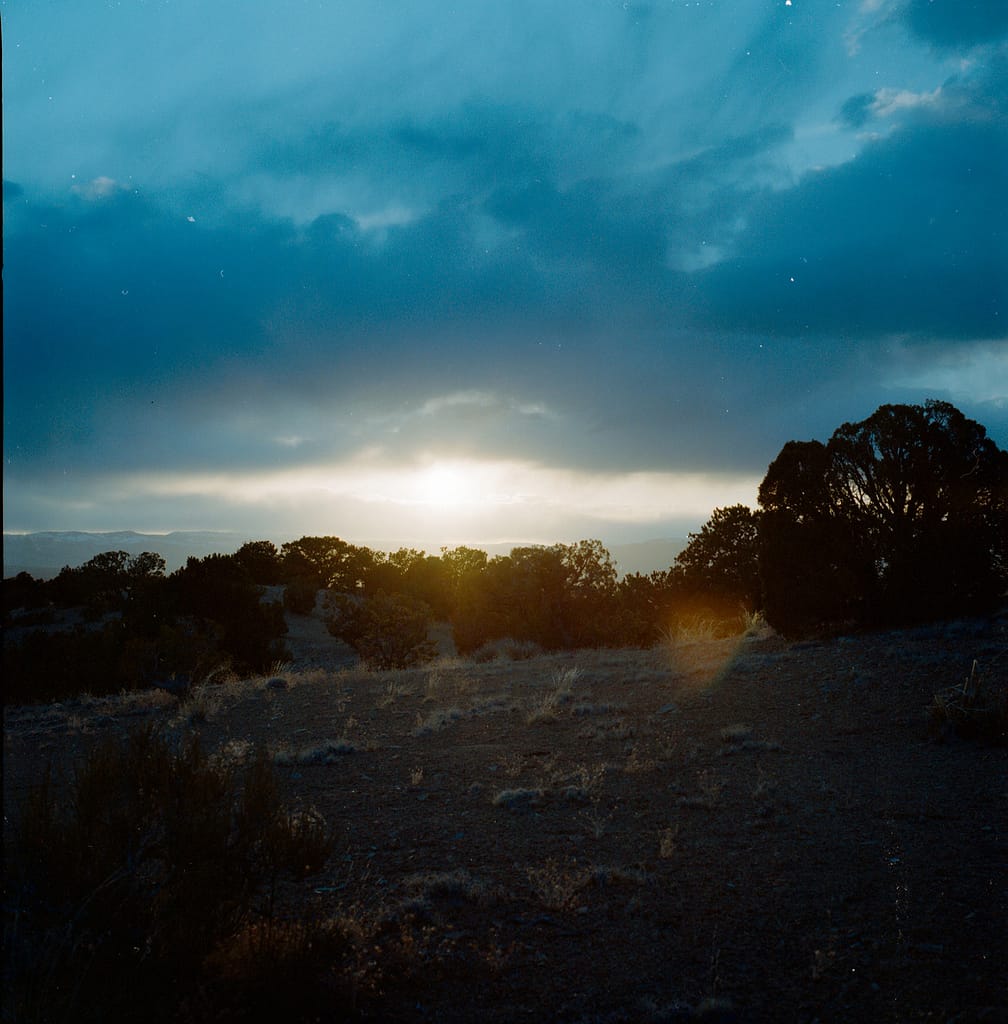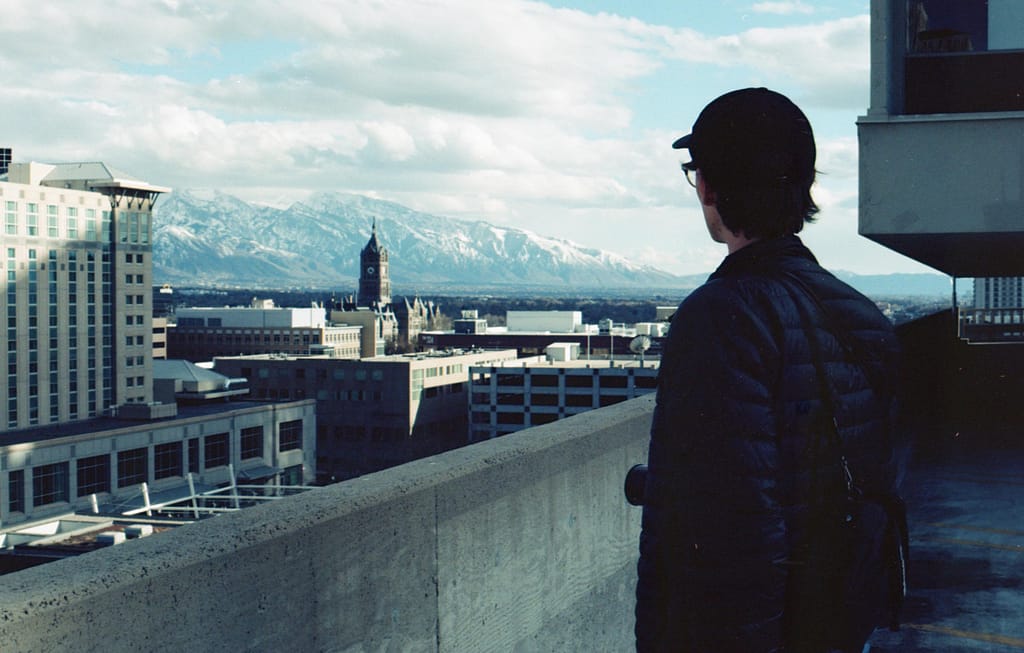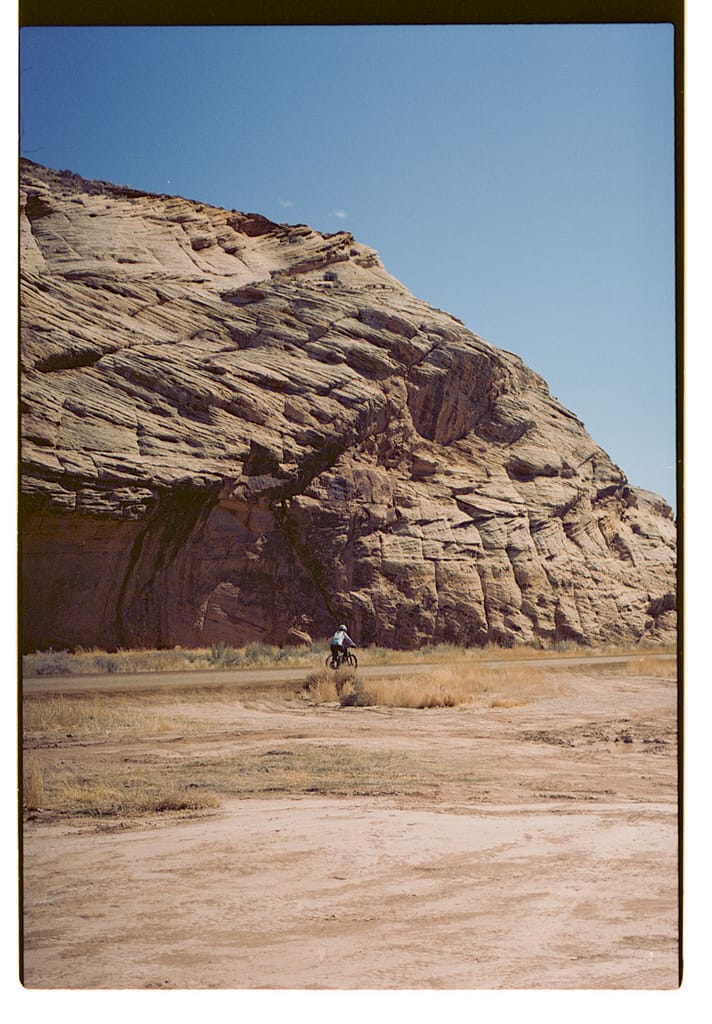Did you know that the earliest beginnings of digital photography cropped up in the 1950s? That’s right, with humble beginnings as computerized signals captured and stored on magnetic tapes, digital photography has been around for over 70 years. So why, when we live in a day in age where you have a better camera in your phone than most pros had ten years ago, are people flocking to thrift stores and eBay to get their hands on 35mm film cameras? What is causing this revival of film photography?
First off, it wasn’t exactly a quick transition from film to digital photography in the first place. In fact, analog photography still reigned supreme in the eyes of professionals and amateurs alike until the mid-2000s. Issues ranging from low resolution to clunky interfaces and slow processors plagued early digital camera offerings, keeping the advantage firmly in analog photography’s side of the court until more recently than you might think. But then, a shift began–slow processors were getting faster, crappy sensors were getting better, and the writing was on the wall for film photography… Or was it?
It’s actually a bit of a misnomer to call this period a ‘revival’ of analog photography because, in all reality, analog photography never went away. High-end landscape and studio photographers have always known that film photos, mainly medium and large format, provide much higher image quality than any digital sensor could get close to recreating. Why is this, you might ask? For starters, film is bigger, and bigger is better. The resolution of a digital camera sensor is determined by many factors, but one of the most important factors is the size of the sensor. The larger the sensor, the more information it can capture, and therefore, the higher quality the final result is. Digital sensors are often not much bigger than a quarter in size, while film frames can be the size of a notecard or even larger.

Even for the average consumer, though, film cameras can provide higher quality at a fraction of the cost of a digital equivalent. Take the 35mm film camera, for example. The 35mm camera offers a frame size equivalent to a sensor often referred to in the digital-photography-world as a ‘full-frame sensor.’ While cameras with these types of sensors are becoming more accessible to consumers, they still boast sometimes astronomical prices, while even a moderate-end 35mm film camera can be had for around $150 or less. Of course, then there are film costs, development costs–but the average photo-taker doesn’t necessarily need to take thousands or tens of thousands of photos every year, and 35mm film is still relatively cheap if you aren’t too picky.
Beyond their size, film photos look more natural as well. Unlike their digital counterparts, analog images do not cluster information together into square pixels but instead capture visual data across the entire spectrum uniformly. This method of capturing visible data is far more natural to us–it’s how our own eyes do it, and you can tell the difference. You might have heard the phrase “grain good, noise bad” before–this phrase addresses the phenomena directly; for some reason, when a film photo doesn’t render correctly, it looks natural and pleasing to the eye. Yet, when a digital image doesn’t render correctly, it ends up looking distorted and unnatural, with blown-out pixels that anyone could tell you don’t look right.

Participating in film photography is distinctively different from digital photography as well. For the consumer that is a bit more into photography as a hobby, shooting film offers a unique and challenging aspect to their past time. In the modern age, cameras can be set to auto on all their significant settings, and their shutters can click away several times per second, making it seem difficult not to capture the shot. In comparison, film photography is often more manual, slower, and you only have 36 frames, not 64GB of storage on an SD card. Many will tell you that, because of these attributes of film, shooting analog will teach you how to capture the best shot the first time–a skill that I believe everyone could benefit from.

Why are people being drawn to the Canon AE-1, a 35mm film camera from 1976, instead of the Canon EOS R6 full-frame digital camera? Well, analog photography is cheaper, it looks better, it’s more fun and more challenging, and maybe in a way, we all just want to get back to the basics. This past little while has been a pretty weird time, and with all of the noise that’s bombarding us all day long, maybe we all just want a little bit of peace and quiet–a little R&R, if you will. And perhaps, just perhaps, film photography can provide just that. Instead of running around at our usual pace, shooting a thousand photos per second, maybe film photography offers the chance to relax, slow down, concentrate on the moment, and enjoy what’s happening around us.



